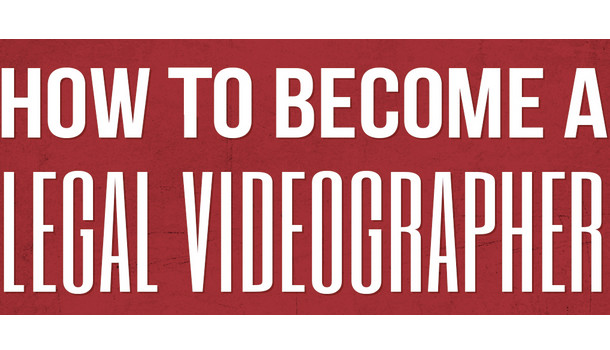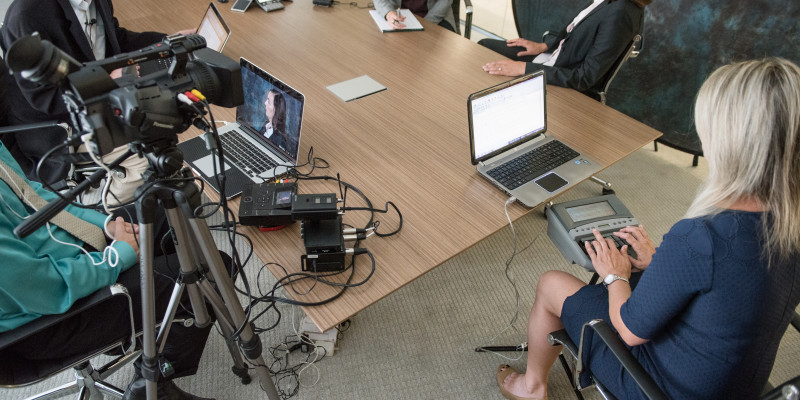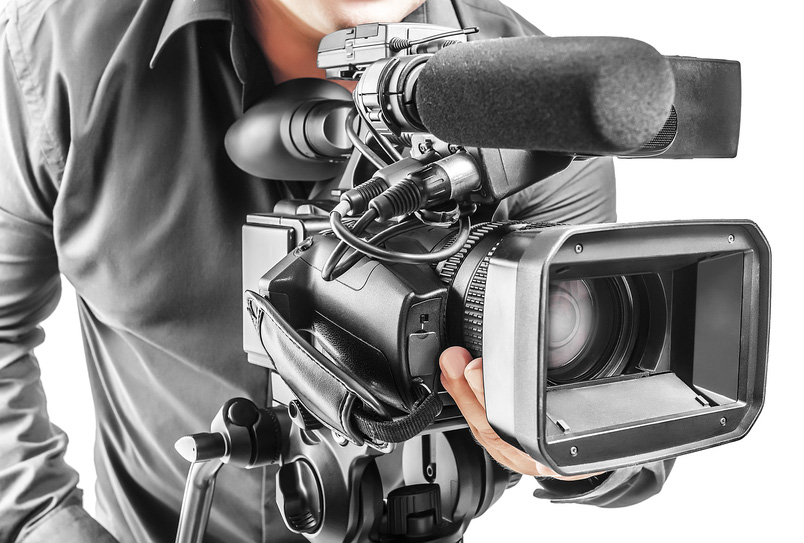Exactly How Legal Videography Enhances Precision in Court Process
Exactly How Legal Videography Enhances Precision in Court Process
Blog Article
Key Benefits of Using Videography in Legal Instances
The assimilation of videography in legal instances presents a series of critical advantages that can substantially affect trial results. By boosting proof presentation and improving witness reliability, videography offers as an effective tool to engage jurors and share complicated stories effectively. Moreover, this medium protects essential testaments, guaranteeing that crucial info is not shed to memory decay. As the lawful landscape remains to develop, the effects of leveraging videography in trial settings value closer evaluation, specifically in understanding exactly how these benefits equate right into concrete lead to the court.
Enhanced Proof Discussion
Enhanced evidence presentation with videography has actually transformed the way lawful situations are argued and comprehended in the courtroom. By incorporating premium video clip recordings into legal procedures, attorneys can share complicated info in a much more appealing and comprehensible manner - Legal Videography. Videography enables the visualization of proof, making it less complicated for courts and juries to grasp the context and importance of today truths
In addition to enhancing clarity, videography can likewise catch real-time occasions, supplying a genuine depiction of occurrences essential to an instance. This immediacy can substantially affect the persuasiveness of an argument, as aesthetic evidence usually reverberates extra strongly than written paperwork. Video evidence can consist of vital aspects such as body language, tone of voice, and ecological elements, all of which add to a more alternative understanding of the situation.
The use of videography also enables effective organization of proof, allowing lawyers to offer their disagreements in a coherent and sensible fashion. By tactically incorporating video clip right into their discussions, lawyers can help with an extra reliable evaluation of the evidence, inevitably causing notified decision-making by the court. The transformative power of videography in legal contexts is both important and undeniable.
Better Witness Reputation

Video clip evidence can additionally mitigate possible biases that may emerge from the witness's appearance or quirks in an online setting. By providing a well-produced video clip, lawful groups can make certain that the focus stays on the web content of the testimony rather than peripheral factors that may undermine integrity. Moreover, the chance to assess documented declarations can fortify witness consistency, as discrepancies can be attended to before test, bring about more trustworthy statements.
Furthermore, the permanence of videography supplies a safeguard against memory decay or false impression in time. By having a clear, verifiable account of witness statements, lawful experts can construct a stronger situation, enhancing the total reliability of the witness and, consequently, the integrity of the judicial process.
Engaging Court Experience
Videography can significantly elevate the court's engagement during legal proceedings. By incorporating top notch video discussions, legal teams can catch and keep the focus of jurors, changing complex information right into visually compelling stories. This engagement is critical, as jurors commonly have a hard time to soak up thick legal terms and detailed details company website offered exclusively through have a peek here conventional methods.
Video clip evidence enables jurors to witness events as they unravelled, providing context that composed testaments might lack. The use of vibrant visuals can evoke emotional feedbacks, making the case more memorable and relatable. For circumstances, monitoring video or reenactments can illustrate essential moments, enabling jurors to picture the evidence in an engaging manner.
Furthermore, videography can assist in an extra interactive experience. Jurors can see and listen to witnesses, which includes a layer of credibility and immediacy that created transcripts can not reproduce. This multi-sensory technique promotes much deeper comprehension and retention of the here and now material.

Efficient Case Narration
An engaging narrative is vital for effective situation narration in the court room. Videography offers as an effective tool to present this narrative and craft, involving the jury and improving their understanding of the situation. By aesthetically depicting the events resulting in the legal dispute, videography allows lawyers to highlight complex circumstances in a clear and relatable manner. This storytelling method can stimulate psychological actions and foster empathy, developing a much deeper link between the court and the instance.
Incorporating elements such as witness reconstructions, interviews, and animations, videography provides a multi-dimensional perspective that traditional methods can not accomplish - Legal Videography. This graph not only help in clarifying realities however also aids jurors keep crucial info. The dynamic nature of video can break down obstacles of understanding, making intricate information much more available.
Eventually, efficient instance narration through videography changes the courtroom experience, allowing attorneys to offer their debates in a convincing and compelling fashion. By using the power of visuals, anchor lawyers can significantly improve their capability to interact vital narratives and achieve beneficial results for their customers.
Preservation of Testaments
Preserving testimonies is an essential aspect of lawful process, as the precision and stability of witness declarations can significantly impact the outcome of a case. Videography offers as a reliable device hereof, making sure that testimonies are recorded in their original context, therefore minimizing the danger of false impression or distortion gradually.
By capturing spoken and non-verbal hints, videography supplies a comprehensive account of witness statements, which can be important during trial procedures. This technique not only records the content of the testament yet also preserves the attitude and emotional responses of witnesses, offering juries a richer understanding of the testimony's reputation and importance.
Furthermore, the usage of videography assists in a more trustworthy review of testimonies during post-trial evaluations or pre-trial preparations. Attorneys can take another look at taped declarations to clarify information, assess inconsistencies, or establish approaches for cross-examination.
Basically, videography enhances the conservation of testimonies, fostering a clear legal procedure that can lead to even more fair outcomes. By guarding the integrity of witness statements, legal professionals can better advocate for their customers and copyright the principles of justice.

Conclusion
In conclusion, the combination of videography in legal instances considerably boosts the discussion of evidence, bolsters witness trustworthiness, and captivates juries through engaging aesthetic content. This medium promotes efficient narration, allowing attorneys to share narratives that resonate deeply with decision-makers. In addition, videography acts as a permanent document of statements, reducing the threat of memory decay. Jointly, these benefits emphasize the essential function of videography in modern lawful methods, eventually adding to even more informed judicial outcomes.
The combination of videography in lawful situations provides an array of critical benefits that can considerably affect test end results.Improved proof presentation with videography has actually transformed the means legal cases are argued and understood in the court room.Videography can dramatically raise the court's interaction during legal process. By visually illustrating the events leading to the lawful dispute, videography enables lawyers to show complicated situations in a clear and relatable fashion.In verdict, the combination of videography in legal situations substantially improves the discussion of evidence, boosts witness reliability, and captivates courts with involving visual content.
Report this page